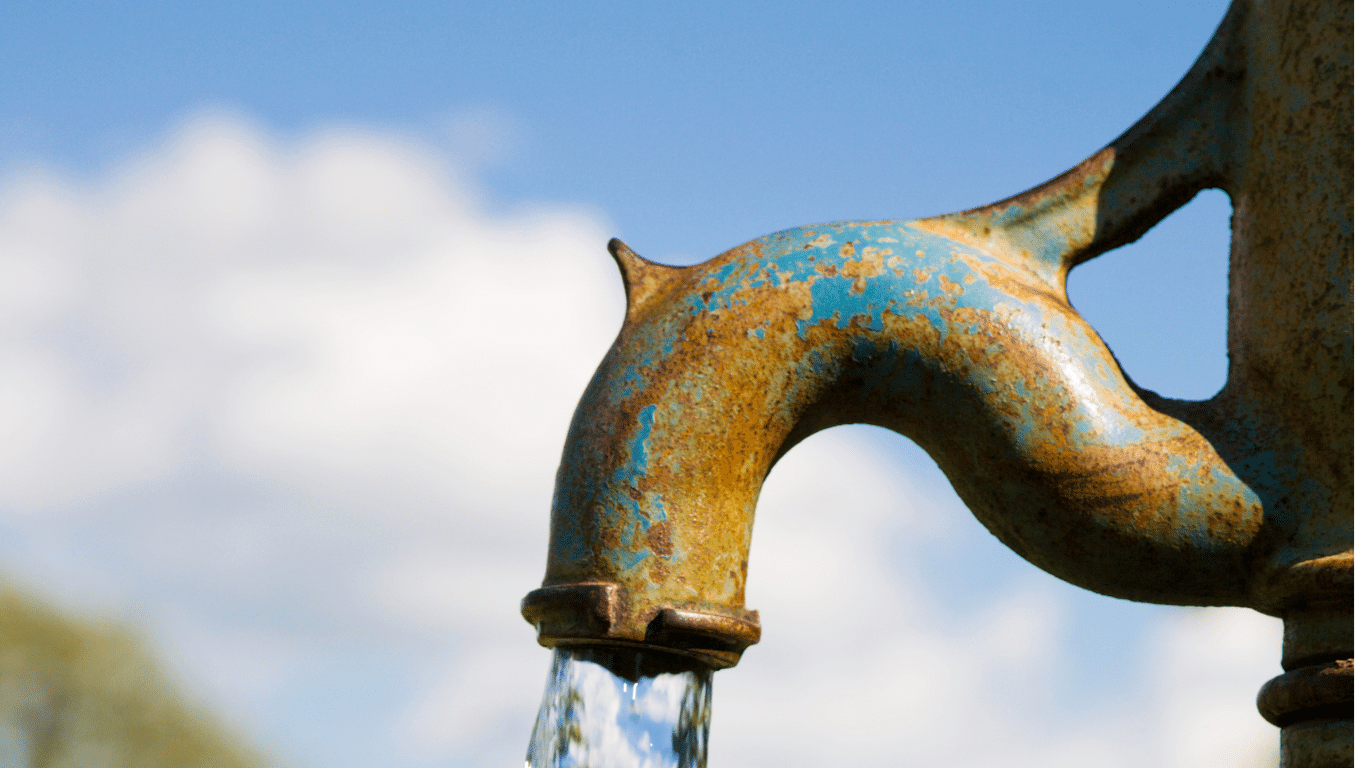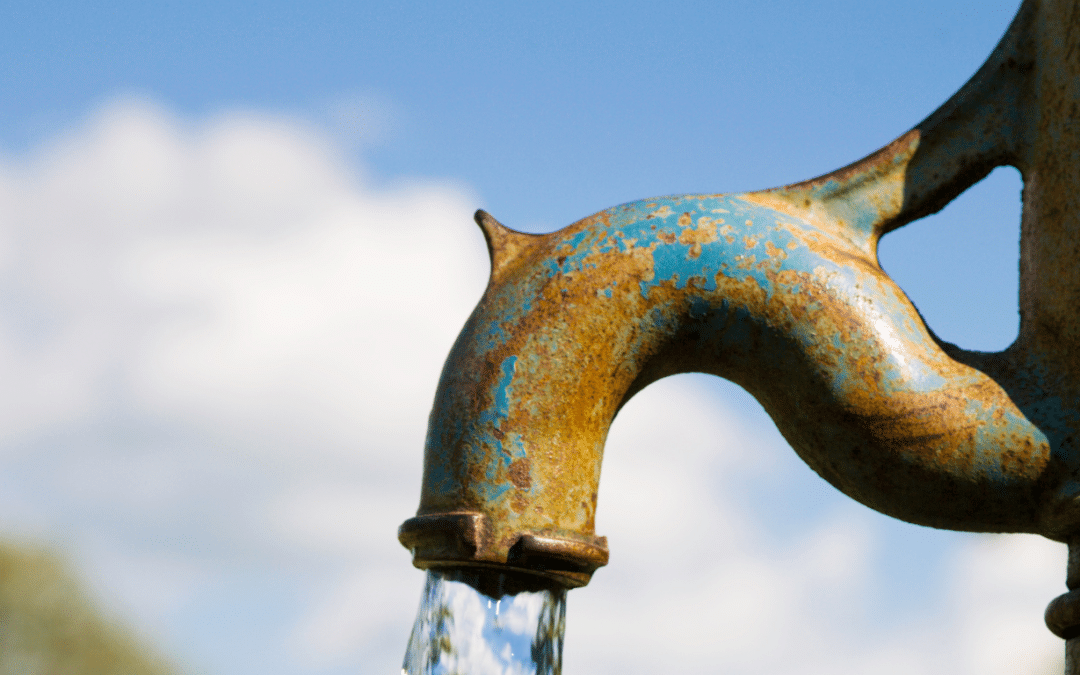
Ever experienced a drop in your water pressure when you least expected it?
Perhaps you were halfway through a soothing shower or trying to quench your thirst with crisp, cool drinking water, but your good pump had other plans. This common pain point might not be due to your water system acting up but because of an unprimed pump.
Our guide shows you how the process can restore your water flow to normal. Priming a pump isn’t just for the professionals; you can tackle this task with proper guidance.
Priming a well pump involves filling the pump body and suction pipe with water to ensure the pump doesn’t dry. This necessary step allows the pump to draw water effectively from your well and convert it into a steady, usable water supply for your home.
It applies to many types of pumps, from the submersible well pump submerged in your deep well system to a convertible jet pump or a shallow well pump, each needing prime to function correctly.
It’s as crucial as topping up your car with gas before a road trip. Would you risk running on empty?
The same logic applies to your well pump; without priming, it could lead to decreased water pressure, a loss in your water supply, or even damage to your pump system. This simple act could be the difference between enjoying that refreshing shower and standing under a dribble.
Remember, the next time you notice an unexpected change in water flow, it might be time to prime your well pump. A few minutes spent on priming could save you countless hours of discomfort and distress.
What are Self-Priming Well Pumps?
Wondering what self-priming well pumps are? They’re an unsung hero in maintaining a steady water supply at your place. These pumps have a built-in mechanism to “self-prime,” meaning they can automatically prepare or ‘prime’ themselves to pump water effectively.
Types of Self-Priming Well Pumps:
-
Submersible Well Pumps: As the name suggests, these pumps are designed to function underwater. Installed deep within your well, these pumps draw water from the source and push it upwards. Due to their underwater operation, these pumps are cooled by the surrounding water, allowing them to handle higher pressures without overheating. They’re a perfect fit for deep wells where surface pumps can’t reach.
-
Non-Submersible (Surface) Well Pumps: These pumps are not designed to be submerged. They use suction to draw water up. This is achieved by creating a vacuum that pulls water into the pump casing and then pushing it through your water lines. Convertible jet pumps and shallow well pumps fall into this category. These pumps are ideal for shallow wells, as they’re powerful enough to pull water from a depth of up to 25 feet.
Regardless of the type, self-priming pumps can be a real game-changer. They keep your water flowing, prevent pressure buildup, and save you the hassle of manual pump priming.
Why is Priming a Well Pump Important?
Priming a well pump is the equivalent of warming up before an intense workout. It’s a prep stage determining whether your pump performs efficiently or stumbles during operation.
But why does this simple step matter so much?
-
Smooth Operation: A well-primed pump equals a steady, reliable water supply. Without it, you could encounter air pockets, fluctuating water pressure, and inconsistent delivery.
-
Pump Lifespan: Non-primed pumps are at risk of running dry, causing undue wear and tear. On the other hand, a primed pump enjoys a longer, healthier lifespan.
-
Efficiency: Priming aids your pump in working properly, allowing it to deliver water seamlessly from the source to your faucet. It is key to maintaining enough pressure to push water throughout your property.
Priming is the pre-flight check for your water pump. It ensures your water system is set to fly right, keeping your water flowing smoothly every time you turn on the tap.
A Step-by-Step Guide to Priming Pump for Well
-
Ensure Your Pump is Accessible: Whether you have a submersible pump or a jet pump, it should be easily accessible for priming. Submersible pumps involve going down into the well, while jet pumps (shallow or deep) are typically above ground.
-
Disconnect the Power: Safety first! Ensure the pump is switched off at the breaker panel to avoid electrical hazards.
-
Release the Pressure: Open the relief valves on the pressure tank to let out any built-up air and prevent pressure buildup in the pump system.
-
Add Water to the Pump: Using your garden hose, fill the pump housing until water flows out of the prime plug without air bubbles. This ensures that the water suction process can start without drawing in air, which can cause the pump to lose its prime.
-
Seal the Prime Plug: Once the pump is filled, replace the prime plug tightly.
Turn on the Pump: Reconnect the electrical power and switch the pump on. Watch the pressure gauge carefully – if the water pressure builds and the pump runs through its normal cycle, you’ve successfully primed your pump!
Confirming Your Success
After following these steps, your water pump should be successfully primed, efficiently pulling water through the suction piping and pushing water through the outlet valve into your water system. Check your water flow at the nearest faucet. Congratulations are in order if the water runs smoothly without sputtering (signs of an air pocket)!
Remember, if you face difficulties during the priming process or if your well pump keeps losing pressure, it might be a bad foot valve or a problem with the check valve. In such cases, a professional may be needed.
Common Troubleshooting Problems and Solutions
Primed your well pump, but things still seem off? You’re not alone. Let’s review some telltale signs of a poorly primed or non-primed pump and find a solution.
Identifying the Problem
-
If your water pressure gauge reads low or you notice inconsistent water flow from your faucets, chances are your pump isn’t primed correctly.
-
You might also observe that your pump runs longer or doesn’t shut off. This indicates your pump is struggling to maintain pressure and may not be primed well.
Spotting air in the system is another clue. When you see air bubbles in the water from your faucets, it’s time to re-prime your pump.
Pinpointing Mechanical Issues
-
If you’ve primed your pump but still face issues, you might have a problem with the foot valves or pressure switch. They could be faulty, or debris might be blocking the foot valves. Cleaning or replacing them may help.
-
Two pipes systems like a convertible jet or deep well pump might have more complex issues preventing successful priming.
Solving Common Issues
-
Is the priming process taking too long? Your pump may have lost its prime during downtime. Don’t worry, just re-prime your pump.
-
If your pump turns off and on rapidly, adjust the pressure switch on your pressure tank. This can usually fix the issue.
When all else fails, don’t hesitate to seek professional help. It’s important to ensure your water pump works correctly to deliver the clean drinking water you need! Remember, while troubleshooting can be helpful, there’s no substitute for professional service and advice.
Wrapping Up
Mastering the art of priming your well pump may seem daunting, but you can keep your water system optimal with patience and practice. Whether you’re working with a shallow well pump, a jet pump, or even non-submersible well pumps, remember that the key lies in understanding your system and adopting safe practices.
At WildHeron Drilling, we’re committed to helping you every step of the way. We’ve got a range of water pumps and accessories, including pressure tanks and external pressure gauges, to suit your needs.
Struggling with a pressure vacuum or need a new intake hose? We’ve got you covered.
Take the stress out of well pump maintenance. Contact our team today for expert advice and get a quote tailored to your needs.

